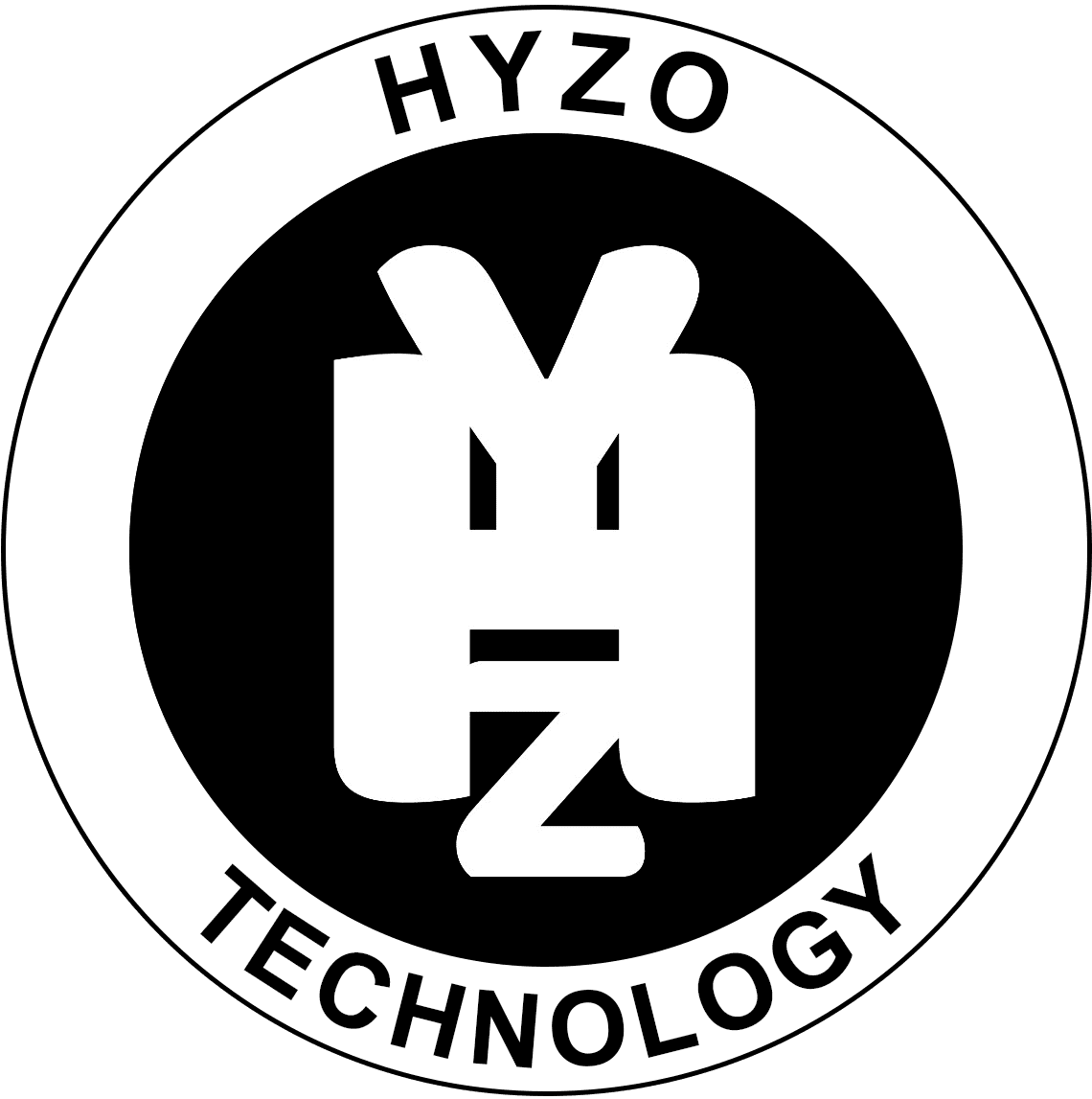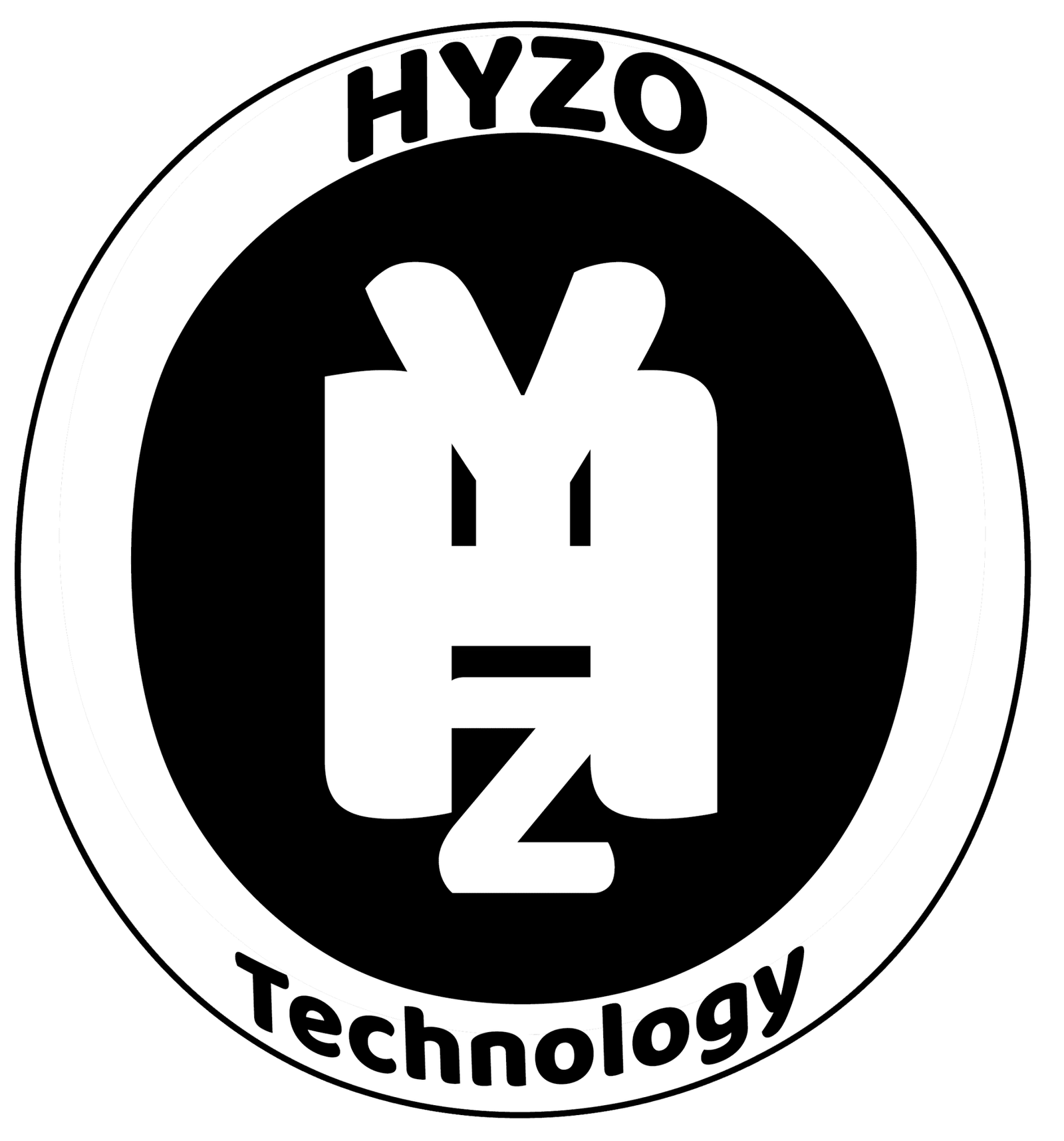Introduction
In today’s competitive industrial landscape, factories around the globe are striving to achieve higher efficiency, reduce operational costs, and maintain consistent product quality. Predictive maintenance (PdM), powered by advanced technologies such as IoT (Internet of Things), artificial intelligence (AI), and machine learning, has emerged as a game-changer in achieving these goals. Unlike traditional maintenance approaches, which are either reactive (after a breakdown) or preventive (based on schedules), predictive maintenance leverages real-time data to predict potential equipment failures before they occur.
In this article, we will explore the role of predictive maintenance in enhancing factory efficiency globally, highlight its importance at HYZO Technology’s factories, and provide real-world examples to illustrate its impact.
What is Predictive Maintenance?
Predictive maintenance is a proactive approach that uses advanced technologies to monitor equipment performance and detect anomalies that may lead to failure. By analyzing data collected from sensors and other monitoring devices, factories can predict when machinery will need maintenance, thereby reducing unplanned downtime and repair costs.
Key Benefits of Predictive Maintenance
1. Minimizing Unplanned Downtime
Unplanned equipment failures can halt production lines, resulting in significant losses. Predictive maintenance minimizes such downtime by identifying issues before they escalate.
- Example: In a study by Deloitte, companies using predictive maintenance reduced downtime by 30% and maintenance costs by 25%.
2. Extending Equipment Lifespan
Regular monitoring and timely interventions ensure machinery operates efficiently, extending its lifespan and reducing capital expenditures on new equipment.
- Example: General Motors employs predictive maintenance to monitor its production robots, significantly reducing wear and tear.
3. Enhancing Energy Efficiency
Faulty equipment often consumes more energy than necessary. Predictive maintenance ensures machinery operates at peak efficiency, leading to energy savings.
- Example: Siemens’ MindSphere platform uses predictive analytics to optimize energy consumption across factories, reducing operational costs.
4. Improving Safety and Compliance
Malfunctioning machinery poses safety risks to workers and may lead to non-compliance with regulatory standards. Predictive maintenance ensures equipment operates safely, reducing workplace hazards.
Predictive Maintenance at HYZO Technology
At HYZO Technology, predictive maintenance is integrated into the company’s operational framework, reflecting its commitment to efficiency, sustainability, and innovation. HYZO leverages state-of-the-art IoT devices, AI algorithms, and cloud computing to monitor its advanced manufacturing equipment, including cutting plotters and assembly lines.
1. Sensor-Driven Insights
HYZO’s machines are equipped with IoT sensors that collect real-time data on parameters such as temperature, vibration, and operational speed. This data is analyzed to identify potential issues.
- Example: HYZO HS 130 cutting plotters feature built-in sensors that detect blade wear, enabling timely replacements without disrupting production.
2. AI-Powered Anomaly Detection
HYZO uses AI to analyze historical data and detect anomalies that could indicate equipment failure. For instance, its assembly line robots are monitored for irregular movements, which could signal a need for maintenance.
3. Centralized Monitoring System
HYZO employs a centralized monitoring system that provides real-time updates to its maintenance teams, ensuring swift action is taken when anomalies are detected.
4. Case Study: HYZO Cutting Plotter Division
In HYZO’s cutting plotter production line, predictive maintenance has reduced unplanned downtime by 40% and improved overall equipment effectiveness (OEE) by 25%. The company’s investment in PdM technologies has paid off through lower maintenance costs and higher customer satisfaction due to timely deliveries.
Global Examples of Predictive Maintenance
1. Rolls-Royce (Aviation Industry)
Rolls-Royce uses predictive maintenance for its aircraft engines. IoT sensors monitor engine performance, and AI analyzes the data to predict when parts will need maintenance. This approach has reduced flight delays and improved customer satisfaction.
2. Nestlé (Food Industry)
Nestlé has implemented predictive maintenance in its manufacturing plants to ensure consistent quality and reduce production downtime. The company’s AI-driven systems analyze machine performance, ensuring efficient operation.
3. BMW (Automotive Industry)
BMW’s factories use predictive maintenance to monitor assembly line robots. Real-time data analysis ensures that robots operate efficiently, reducing costs and enhancing production quality.
4. GE (General Electric) Power Plants
GE’s power plants use predictive maintenance to monitor turbines. AI and IoT sensors predict potential failures, ensuring uninterrupted power generation.
How Predictive Maintenance Aligns with Industry 4.0
Predictive maintenance is a cornerstone of Industry 4.0, where interconnected technologies and data analytics drive manufacturing innovation. Key elements include:
- IoT Integration: Sensors collect real-time data for analysis.
- Big Data Analytics: Advanced analytics provide actionable insights.
- AI and Machine Learning: Algorithms predict equipment failures.
- Cloud Computing: Enables data storage and remote monitoring.
HYZO Technology’s adoption of these technologies ensures that its factories remain at the forefront of the Fourth Industrial Revolution.
Challenges of Predictive Maintenance
1. High Initial Costs
Implementing PdM systems requires significant investment in sensors, software, and skilled personnel.
2. Data Dependency
Accurate predictions rely on high-quality data, necessitating robust data collection and management systems.
3. Integration Complexity
Integrating predictive maintenance with existing systems can be challenging for older factories.
Future Prospects
The future of predictive maintenance lies in advancements in AI, IoT, and 5G technologies. As these technologies evolve, predictive maintenance systems will become more accurate, accessible, and cost-effective. HYZO Technology aims to continue its investment in these areas, ensuring its factories lead the way in efficiency and innovation.

